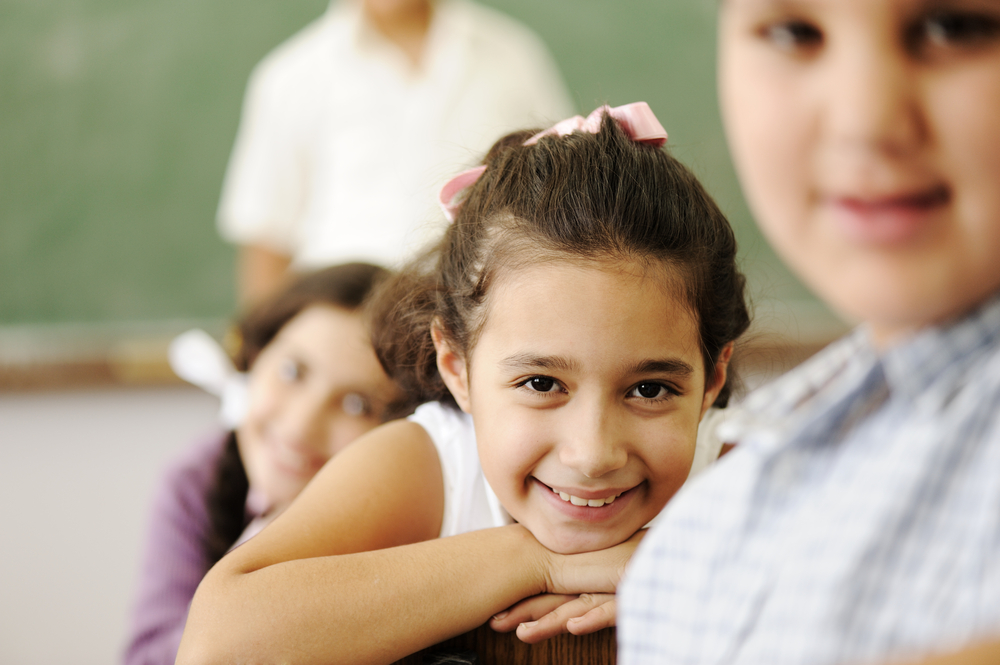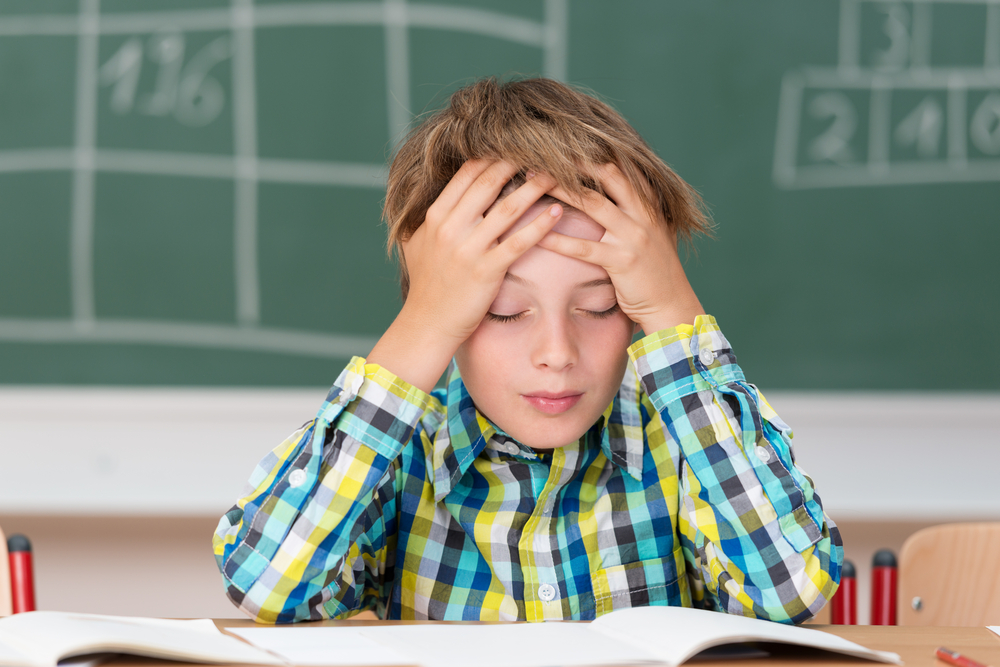Attention Deficit Hyperactivity Disorder (ADHD) is a common neurodevelopmental disorder that affects many elementary school students. Children with ADHD often struggle with paying attention, controlling impulses, and hyperactivity. It is important to recognize the signs of ADHD in children and provide them with strategies to help them succeed.
Inattentiveness, hyperactivity, and impulsivity are the three core symptoms of ADHD. Children with ADHD may struggle to focus on tasks, follow directions, or finish assignments. They may also struggle with organization, forgetfulness, and distractibility. Children with hyperactivity may fidget, talk excessively, or have difficulty sitting still. Impulsive behaviors can include interrupting others or acting without thinking about consequences.
ADHD can also impact a child's social skills and emotional regulation. They may have difficulty making friends, controlling their emotions, or coping with frustration. These challenges can lead to low self-esteem and feelings of isolation.
There are many strategies that can help support students with ADHD. One of the most important is providing structure and routine. Children with ADHD benefit from clear expectations and consistent routines. Teachers can create a structured classroom environment by breaking down tasks into smaller steps, providing visual aids, and using consistent rules and consequences.
In addition, children with ADHD often benefit from movement breaks and physical activity. Teachers can incorporate opportunities for movement into the school day, such as standing desks or stretching breaks. It can also be helpful to give students with ADHD frequent feedback and positive reinforcement for their efforts.
For children with social and emotional challenges related to ADHD, social skills training and counseling can be beneficial. This can help them develop coping strategies, improve their self-esteem, and build positive relationships with others.
With the right support and strategies, children with ADHD can thrive in school and beyond. Teachers and parents can work together to provide a consistent, structured environment that supports the child's unique needs. By focusing on their strengths and providing opportunities for success, children with ADHD can develop a positive self-image and achieve their full potential.
These Related Stories



The Prentice School is a member of the California Association of Independent Schools, a founding member of Association of Learning Disability Schools, WASC accredited, Readers' Choice Winner 4 years in a row, has Gold Transparency as a nonprofit & was deemed Highly Recommended in the book, Overcoming Dyslexia.
Copyright © 2023 | The Prentice School
The Prentice School | 18341 Lassen Drive, North Tustin, CA 92705
Front Office (714) 538-4511 | Admissions (714) 786-3596 | Business Office (714) 244-4641
The Prentice School is a 501(c)(3) nonprofit | Tax ID# 33-0120257
The Prentice School admits students of any race, color, national or ethnic origin to all the rights, privileges, programs and activities generally accorded or made available to students at the school. It does not discriminate on the basis of race, color, national or ethnic origin in administration of its educational policies, admissions policies, scholarship and loan programs, or other school-administered programs. State laws and school policies further provide that The Prentice School does not discriminate on the basis of religion, ancestry, marital status, sexual orientation, genetic characteristics or information, gender expression or identity, medical condition, political belief or affiliation.
View this profile on InstagramThe Prentice School (@theprenticeschool) • Instagram photos and videos
No Comments Yet
Let us know what you think